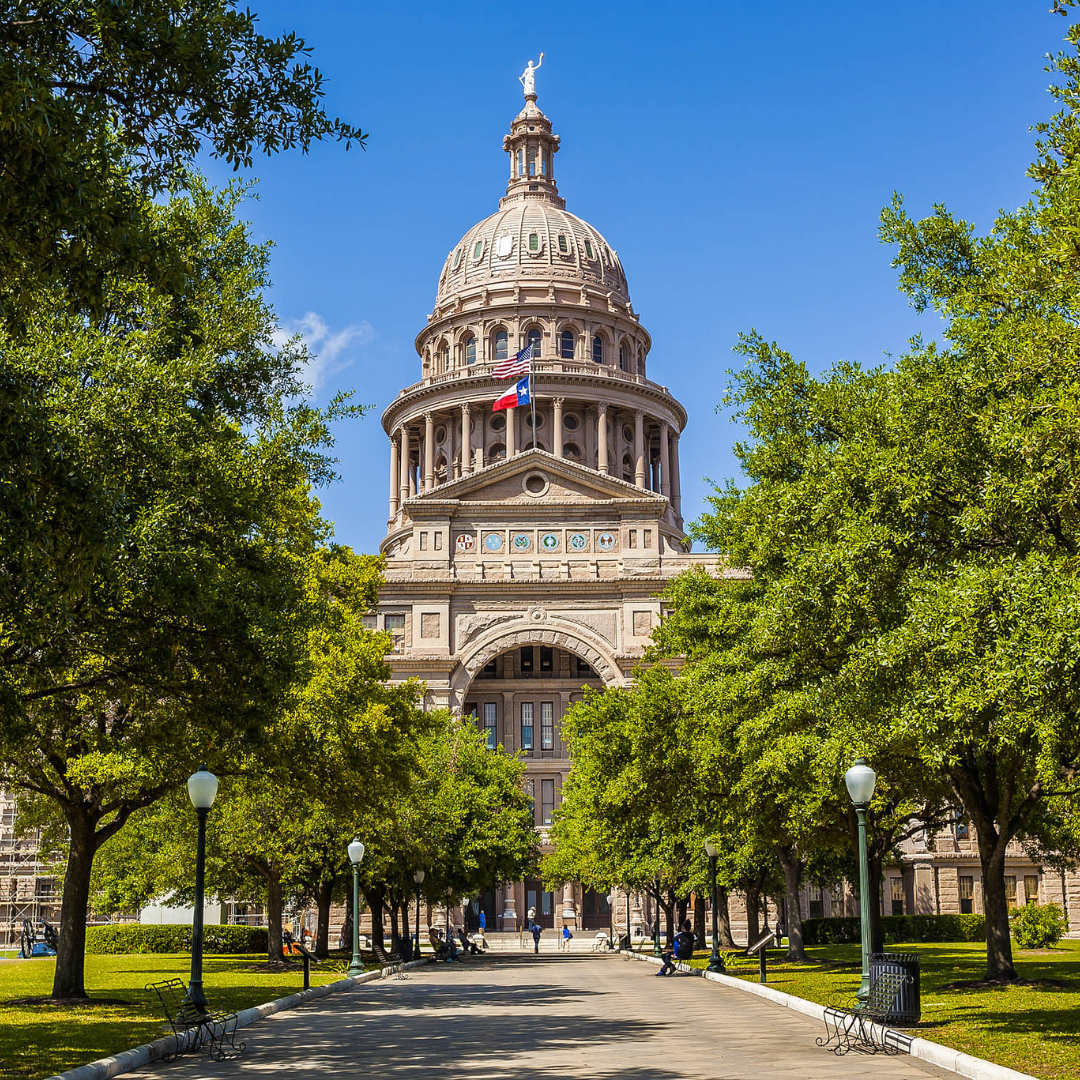
August 11, 2025
The new Texas proposed congressional map was unveiled last week and, as President Donald Trump predicted, the new draw could produce a net of at least four and possibly five more Republican seats in the 38-member delegation.
Gov. Greg Abbott (R) added the issue to his special legislative session agenda, because the US Justice Department informed the Governor and Secretary of State that several of the state’s congressional districts are now illegal due to a recent en banc ruling from the 5th Circuit Court of Appeals on a Galveston County (TX) redistricting lawsuit.
The ruling paved the way for the state Republican map drawers to create more favorable political districts.
The legislative battleground will be in the state House of Representatives. There, the Republicans have an 88-62 majority, but Speaker Dustin Burrows (R-Lubbock) was elected via coalition as Democrats crossed over to support him. The action sent the Republican Caucus candidate down to defeat. The state Senate is even more Republican, 19R-11D, with one GOP vacancy.
Internal Texas legislative politics pertaining to partisanship, committee chairmanships, and the Speakership itself could all turn based upon how this redistricting issue unfolds in the next few days. The special legislative session began on July 21 and can last no longer than 30 days. The Governor, however, can call additional 30-day sessions if the issue call is not completed.
Several times in the past 20 years, Democratic members have left the state in order to break the chamber quorum and thus prevent legislative business from progressing. Texas is perhaps the only state where the legislature holds a 2/3 quorum requirement, so Democrats have enough to prevent the House from convening should at least 50 of their members not appear.
US House Minority Leader Hakeem Jeffries (D-NY) is coming to Texas to speak to the House Democratic Caucus and convince them to do what is within their power to prevent the map, and its likely Republican seat gain, from being enacted into law.
To further complicate matters, the state has the power to arrest lawmakers who refuse to attend session and force them into the chamber.
While the Democrats could temporarily freeze the House, their power is limited. Gov. Abbott could simply end the session and then call the members into a new 30-day special conclave if not enough members are present. He can stop and start special sessions at will. Additionally, at least five other issues, including flood relief for Central Texas, are also on the issue call meaning more than redistricting must be addressed.
If the presented redistricting plan is enacted, several Democratic members will face tough political situations.
Beginning in Harris County, the map would create a new open eastern Houston area district that would be heavily Hispanic but favor Republicans based upon recent voter history. This would lead to Rep. Al Green (D-Houston) being paired with the winner of the TX-18 special election in a new Harris/Ft. Bend County 18th CD.
Moving to the Dallas area, freshman Rep. Julie Johnson (D-Farmers Branch) would find her district moved to east Texas, thereby likely forcing her into a paired incumbent situation with Rep. Marc Veasey (D-Ft. Worth). Mr. Veasey could also choose to run against Rep. Jasmine Crockett (D-Dallas). Her new 30th District would venture into Tarrant County, which is part of Veasey’s home base.
In the Rio Grande Valley, Rep. Vicente Gonzalez (D-McAllen), saw his 88% Hispanic Voting Age Population seat vote for President Trump (52-47%). Therefore, Mr. Gonzalez’s 34th District becomes 11 percentage points more Republican by moving out of Hidalgo County and then northward to Nueces County, annexing a portion of Corpus Christi city.
In Austin, Reps. Lloyd Doggett (D-Austin) and Greg Casar (D-Austin) would find themselves paired in a new 37th District that would be fully contained within Travis County. The result of this draw would create a new open 35th District anchored in east San Antonio that appears politically marginal but is more likely to land in the Democratic column.
The removal of the Bexar County (San Antonio) portion from Rep. Henry Cuellar’s (D-Laredo) 28th District is likely welcome news for the veteran Congressman who is widely cast as the House’s most conservative Democratic member. Mr. Cuellar had not performed well in the San Antonio area, so this new map likely strengthens him.
More will be known about the districts when further data is calculated and released, but the current available statistics find just two districts, TX-19 (Rep. Jodey Arrington, R-Lubbock) and TX-23 (Rep. Tony Gonzales, R-San Antonio), untouched. Two districts (TX-9 and TX-35) would be new. Of the remaining 34 CDs, 19 would become more Republican to varying degrees and 15 would become more Democratic, again to varying degrees.
While this map would greatly help the Republicans hold the US House majority in the 2026 elections, it is not certain that such a plan will ultimately be enacted.

